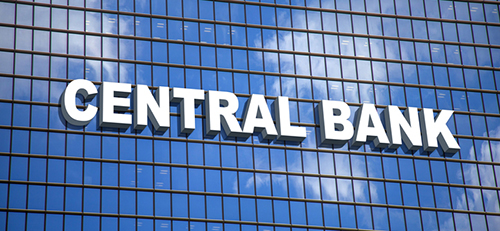Net-zero central banking: A new phase in greening the financial system

Photo: honglouwawa/istock
Download
This report examines the role that central banks and financial supervisors could play in supporting the transition to net-zero greenhouse gas emissions. The authors review the steps taken to date by private financial institutions to align their lending and investment portfolios with net-zero. They then present the case for net-zero central banking and provide recommendations for action across seven areas of central bank and supervisory practice.
Main messages
- Leading banks and investors are committing to align their portfolios with net-zero by 2050. As guardians of the financial system, central banks and supervisors also need to introduce explicit strategies to support the transition to net-zero as the next stage in confronting the risks of climate change.
- The rationale for central banks and supervisors is two-fold: first, achieving a net-zero economy is the best way of minimising the risks of climate change to the stability of the financial system and the macroeconomy; and second, central banks and supervisors need to ensure that their activities are coherent with net-zero government policy.
- The first signs of financial authorities starting to align their operations with net-zero are beginning to emerge; a systematic approach is now required.
Recommendations for central banks and supervisors to adjust current approaches and measures in line with net-zero
- Strategy: Central banks and supervisors need to develop a net-zero roadmap including long-term expectations and near-term actions. This would include the promotion of liaison and coordination between central banks, supervisors and policymakers on net-zero.
- Prudential regulation: Prudential supervisors should make net-zero a core element of supervisory practice at micro and macro levels, aligning supervisory expectations and prudential instruments with net-zero. This could involve requiring all regulated financial institutions to submit net-zero transition plans, as well as addressing climate risks in regulatory ratios. Disclosure frameworks such as that of the Task Force on Climate-related Financial Disclosures (TCFD) will also need to include net-zero.
- Scenarios: Forward-looking scenarios need to become more consistent with a net-zero pathway to limiting warming to 1.5°C. Central banks and supervisors need to signal clearly that they are not indifferent to the outcome (e.g. whether net-zero is achieved or not) and complement long-term scenarios with short-term outlooks.
- Monetary policy: Central banks need to consistently integrate climate change into monetary frameworks and models to adequately account for the impacts of climate change on macroeconomic outcomes. In addition, central bank instruments and policy portfolios need to become operationally aligned with net-zero.
- Portfolio management: Sustainable and responsible investment practices for central banks’ portfolios should include a net-zero target and central banks should each publish a transition plan to achieve this.
- Just transition: Central banks should explore the implications of net-zero for jobs and livelihoods to mitigate potential downside sectoral and regional consequences.
- International cooperation: Net-zero needs to be incorporated into key international financial and regulatory frameworks and processes. There is also potential for partnerships with multilateral development banks in developing and emerging economies.
Produced with the Centre for Sustainable Finance at SOAS, University of London.

